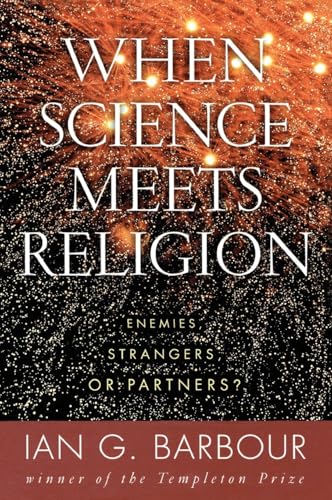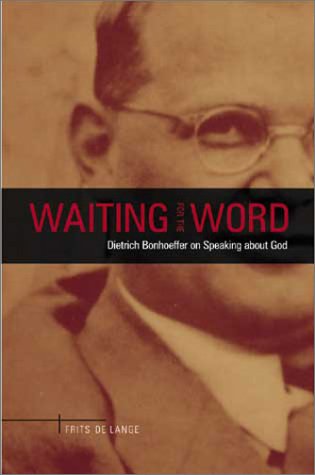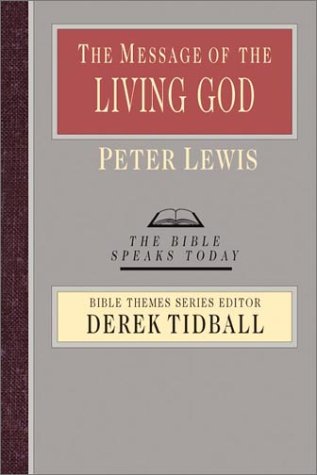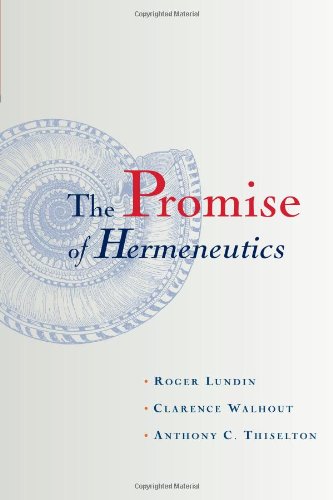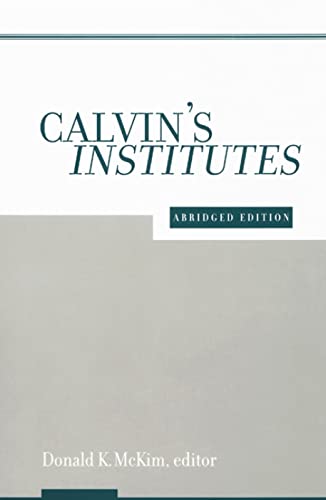This volume is part of a series advocating ‘believing criticism’ (xii), i.e., a critically aware yet conservative approach which endeavours to relate scholarship to Church life. Thus Hartley takes a relatively orthodox evangelical approach to the editing of Genesis, which he sees as beginning with Moses and continuing unlil the time of Solomon. On the contentious issue of the historicity of the patriarchal narratives, for example, he argues for their historical reliability, though conceding some limitations of the text for reconstructing precise historical situations.
The Introduction deals with standard fare, though with a decided emphasis on the book’s structure. Hartley is not the first to be bewitched by the possibilities of chiastic structures, and reflecting work by Fishbane, Rendsburg and others, suggests comprehensive chiastic and parallel structures for the entire book. While some suggestions are plausible, other details appear contrived, and one is left wondering why such literary patterns are largely not taken up in the body of the commentary if they are as pervasive as suggested.
The commentary itself is willing to accept the inherent difficulties in some passages (e.g. ch. 22), does not proffer simplistic solutions, and concedes that the text itself sometimes only hints at answers to readers’ questions. The goal seems to be to provide reliable information to guide readers rather than to stimulate them to interact. The additional notes and excurses, usually of an historical, archaeological or linguistic nature, provide further details for the serious reader, though occasionally they say no more than the obvious (e.g. on Genesis 1 and scientific theory).
Hartley is generally a careful exegete, though he sometimes goes beyond the explicit evidence of the text. For example, he assumes that God told Terah to move from Ur (131); that Abraham invited other relatives to join him but only Lot accepted (134); that the change of Jacob’s name initiates a radical change of character (284), and that Jacob’s silence after the rape of Dinah shows his reliance on God (293). Occasionally, he falls victim to the bane of all commentators: having to say something even when they have nothing to say, and serving up no more than an expanded paraphrase of the text (e.g. on the animals entering the ark, 103). Also, while Hartley is usually abreast of recent scholarship, he occasionally ignores significant studies that challenge his interpretation, e.g. studies that deny on linguistic and sociological grounds that Dinah was raped (ch. 34).
No commentator on Genesis can explore every avenue, but personally I would have welcomed more engagement with the literary art of the book. Hartley provides a few glimpses of this, e.g. regarding Abraham’s emotional involvement in chapter 22 (207–209), the account of the wrestling match in chapter 32 as ‘deliberately enigmatic’ (283), and on the use of motifs in the narrative of Judah and Tamar in chapter 38 (314–15), but this is not a sustained feature.
Finally, I wonder whether Hartley’s conservative presuppositions, while serving him well in much of the commentary, make him blind to some of the text’s implicit criticism of its characters. For example, not all would agree that the text presents Joseph as ‘a wise, shrewd and compassionate administrator’ (347), when he enslaves Egyptians during the famine.
Nevertheless, despite these misgivings, this is a conservative, readable and reliable guide to the essential message of Genesis, which accepts the book’s role as Christian Scripture, and which will act as a balance to more imaginative readings of Genesis.
Laurence A. Turner
Newbold College, Bracknell



